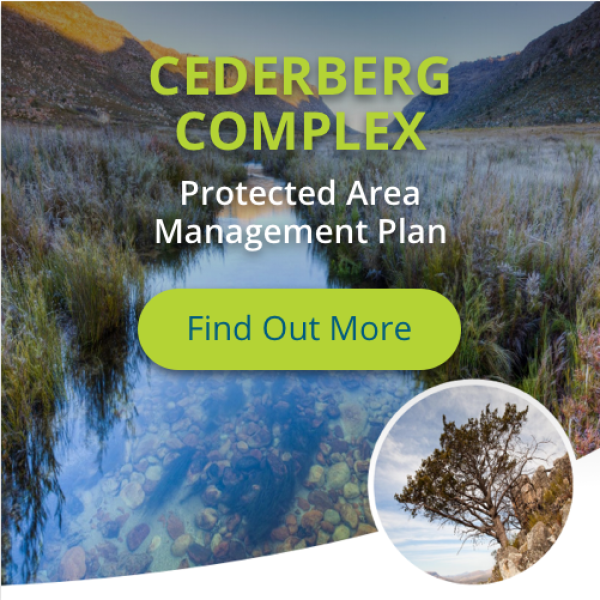
Landscapes
Click on the map below to explore the diverse landscapes that makes up CapeNature’s area of management.
Landscape Central
The vegetation of Landscape Central falls within the Core Cape Subregion (previously termed the Cape Floristic Region), the smallest of the world’s six floral kingdoms. It is internationally renowned for its especially rich flora, containing an estimated 9 383 species of vascular plants of which almost 69% are endemic (restricted to the region). This makes it one of the richest regions in the world in terms of botanical diversity, apart from some Neotropical areas.
The remarkable floral diversity of this landscape is evident from the distribution patterns of a sample of 1 936 plant taxa from plant families and genera that are characteristic of the Cape flora, such as Proteaceae, Ericaceae, Restionaceae and Bruniaceae.
The highest percentage occurrence of these taxa per quarter degree square (20% to 26%) is found in Landscape Central. The great diversity of plants is attributed to the change in complement of species along environmental gradients and the variation in species in the same habitat type from one geographical location to another. Winter rains, along with mist-precipitation from the southeaster clouds in summer, provide the habitat for a number of rare protea
and Mimetes species. The Boland Mountain Complex has the highest concentration of Mimetes species in the Western Cape, most notably the rare Mimetes hottentoticus (Figure 3).
Landscape South
Landscape South is a diverse landscape with mountainous topography in the north where towns such as Robertson, Montagu, Barrydale and Swellendam are located. The more northern area also consists of mountain ranges including the Langeberg Mountain Range with popular nature reserves such as Marloth Nature Reserve and Grootvadersbosch Nature Reserve.
As part of Grootvadersbosch Nature Reserve, the World Heritage Convention, Unesco, declared Boosmansbos Wilderness Area a World Heritage Site in 2004 and extended this in 2015 to include the entire Langeberg Complex as part of the Cape Floral Region Protected Areas World Heritage Site. The Langeberg Complex supports 19 vegetation types (Mucina & Rutherford 2011), of which two are critically endangered and four endangered (Jacobs et al. 2017).
Read moreLandscape West
Landscape West is diverse, comprising the City of Cape Town metropole and the West Coast District Municipality areas of jurisdiction, including the local municipalities of Swartland, Saldanha Bay, Bergrivier, Cederberg and Matzikama. Landscape West comprises marine and coastal habitats, lowlands, mountain catchment areas and arid landscapes such as the succulent Karoo. The landscape transitions from a densely populated urban environment in the south to a more rural landscape characterised by towns and villages, agricultural and natural areas towards the north and east.
Read moreLandscape East
Landscape East is the largest of the four CapeNature landscapes and is geographically and botanically very diverse. It stretches from the lush coastal Garden Route right through to the arid Karoo region of the Beaufort West area. CapeNature reserves in Landscape East include Anysberg, Gamkaberg, Swartberg, Outeniqua, Goukamma and Robberg nature reserves. Both Goukamma and Robberg are also marine protected areas.
Read moreWhat we do
Latest news
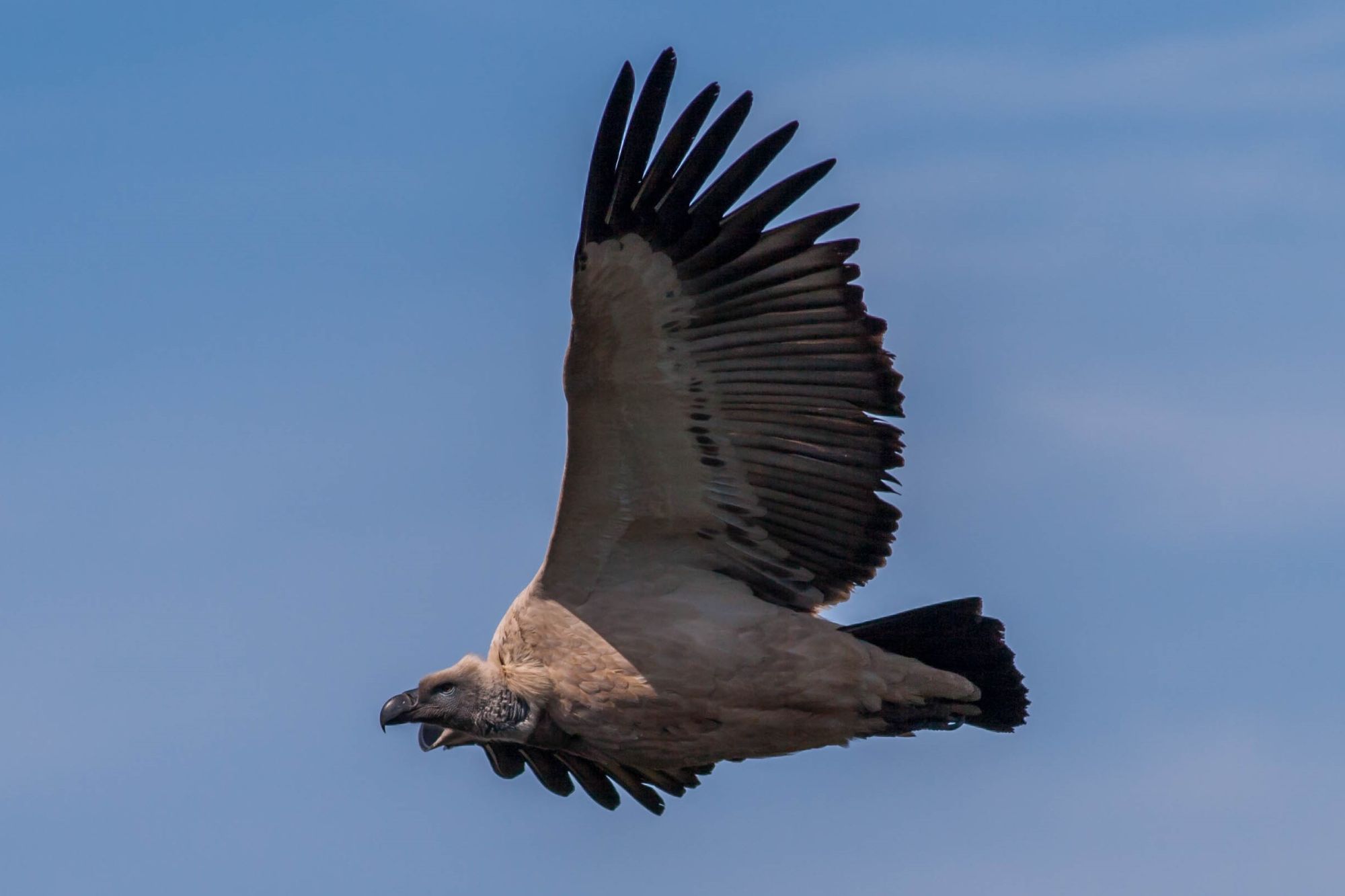
Guardians of the Sky: Cape Vultures in South Africa's Potberg Mountains
The Cape vultures of the Potberg Mountains are not just ecological linchpins but also cultural symbols in parts of southern Africa. CapeNature has been dedicated to the conservation and monitoring of these majestic birds for many years within CapeNature's De Hoop Nature Reserve, where the Potberg Mountains provide vital breeding habitat for the only population of Cape vultures in the Western Cape.
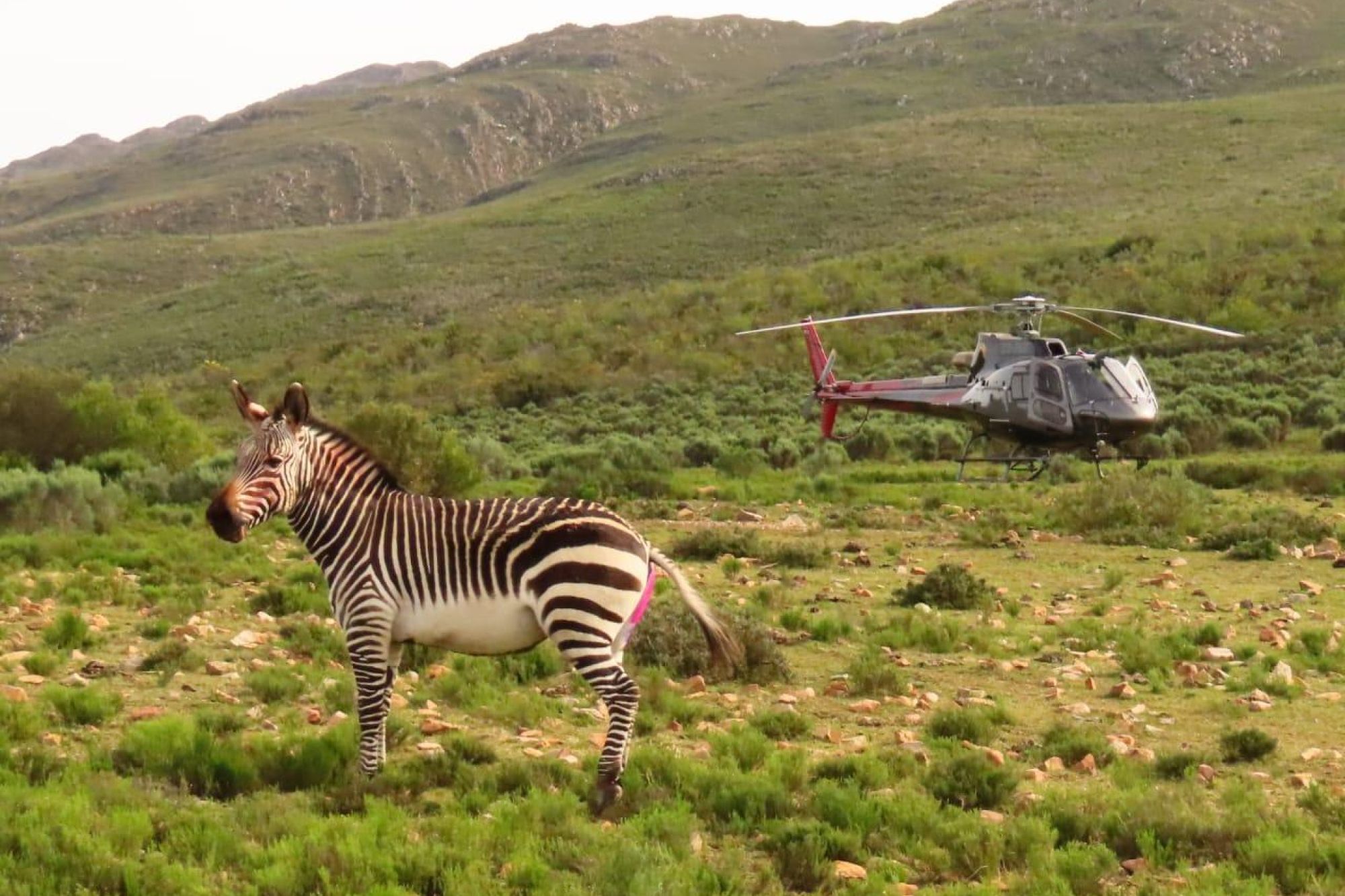
Cape Zebra Reunites With Family
On July 22, 2023, the CapeNature team from Kammanassie Nature Reserve carried out a critical rescue mission involving a Cape Mountain Zebra (CMZ) on the Diepprivier farm property in the Noll area, situated approximately 30 kilometers from Kammanassie.
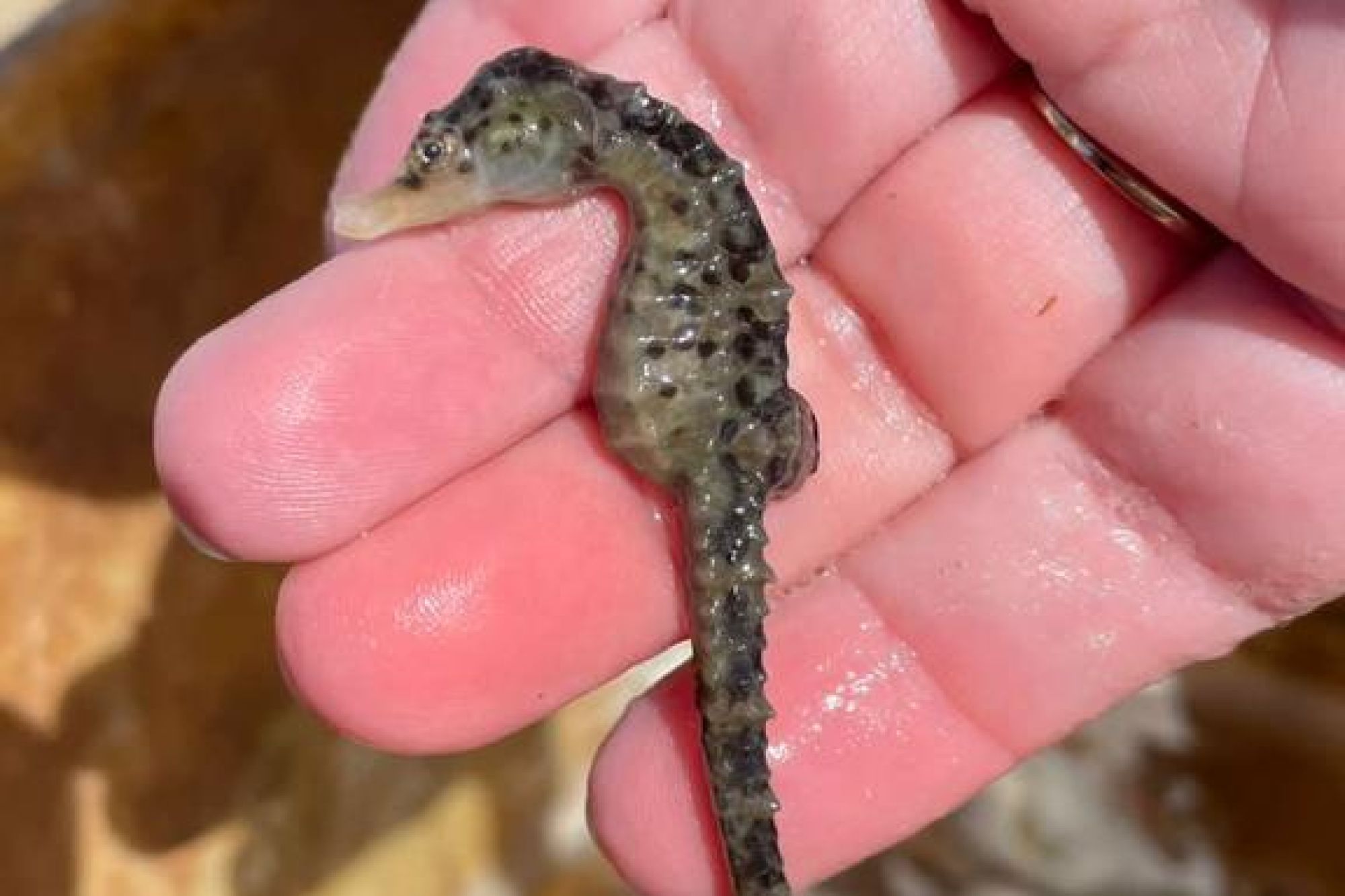
CapeNature and a Community Rally to Save More Than a Thousand Seahorses
CapeNature’s marine rangers led a herculean effort with the support of the community and up to now more than a thousand seahorses were rescued and 720 have been returned to their natural habitat. They are being put back into the estuaries where they usually occur and where there is a huge eelgrass bed where they seek refuge and shelter and where they find their food.
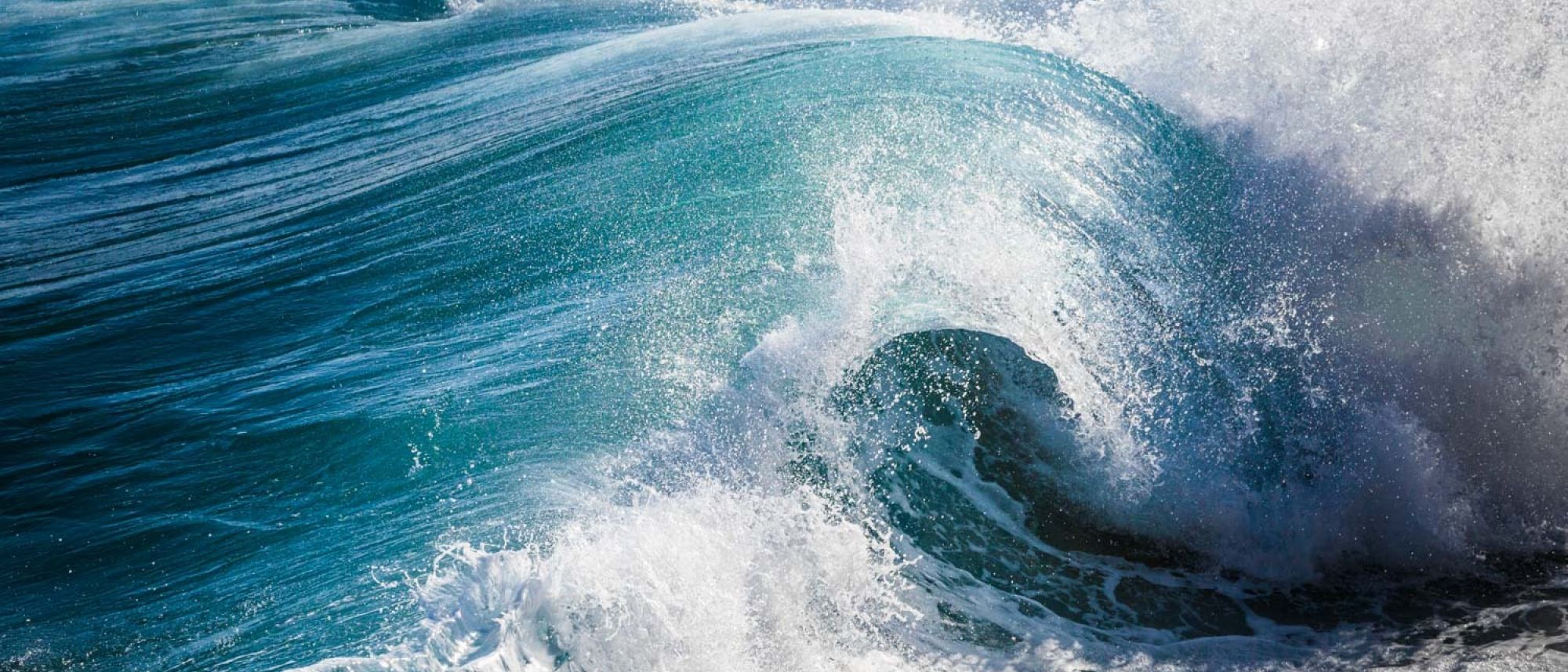
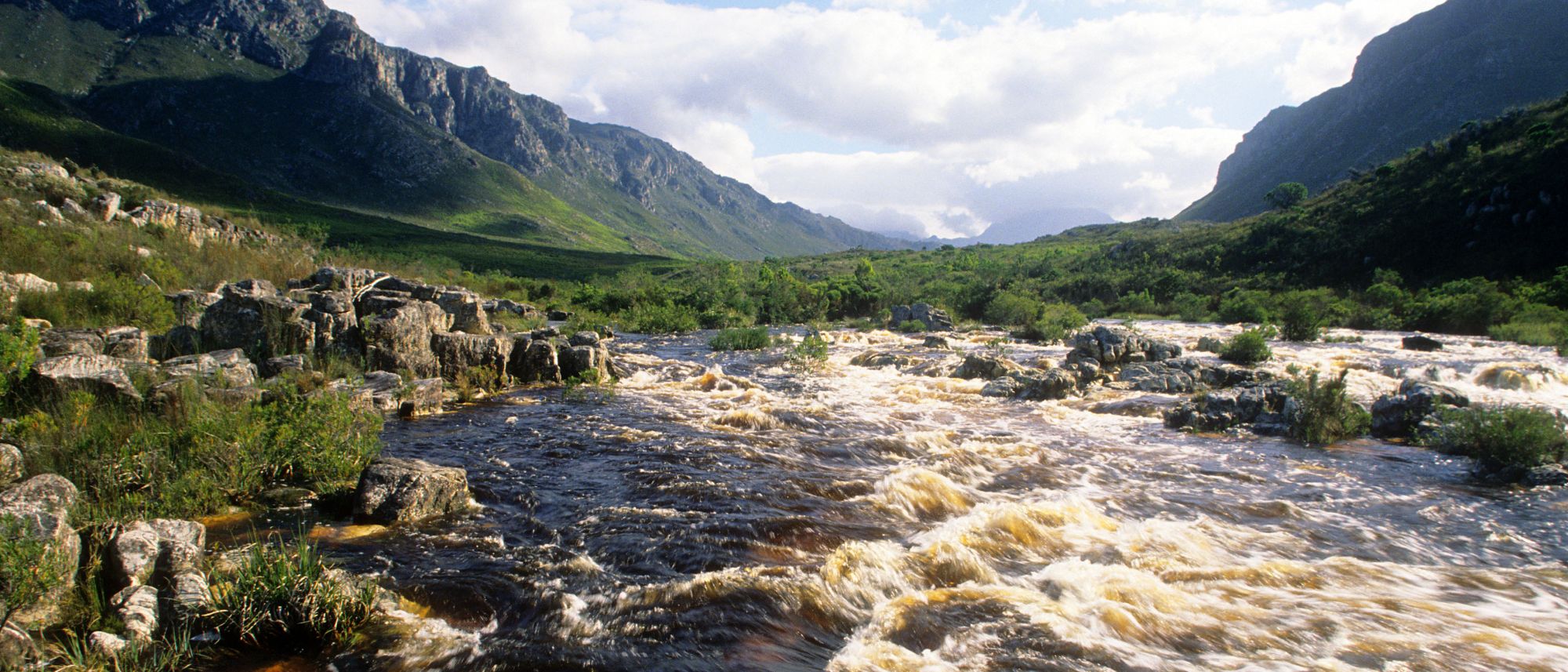
Events Calendar

Access Week 2023
Access Week 2023
Tourism Month Panel Discussion
Tourism Month Panel Discussion
#DontBeTrashy 2023
#DontBeTrashy 2023Research and resource library
CapeNature staff collaborate extensively with researchers and conservation practitioners nationally and internationally. Conservation leadership and innovation publications enrich the thinking, understanding and appreciation of, and provide support for, the conservation of biodiversity and the value of protected areas.
You will find a selection of our recent peer-reviewed scientific papers from the last four years in our libary.
Latest resources
FAQs: Rabbit Haemorrhagic Disease (RHD)
RHD is a deadly disease of rabbits and hares (lagomorphs) that has not been reported in South Africa before 2022.
State of Conservation Report 2022
This is the third State of Conservation Report to inform the periodic Western Cape State of Biodiversity Report, as mandated by the newly assented Western Cape Biodiversity Act, aimed at providing the status of indicators for assessing the global state of biodiversity.
